If this is your company, CONTACT US to activate Packbase™ software to build your portal.
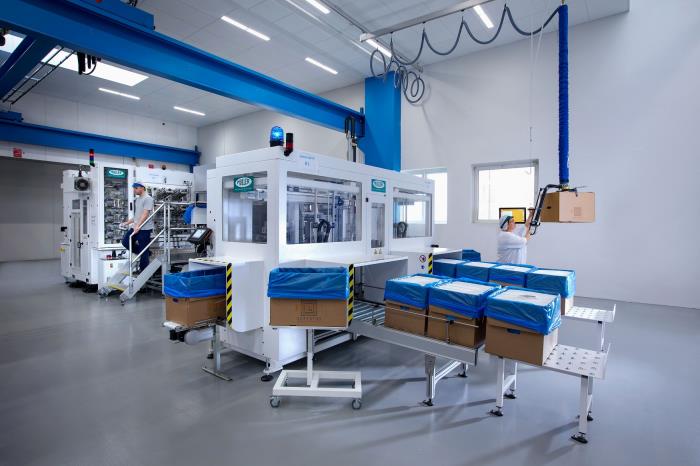

The installation of new injection moulding machines and the reuse of heat from cooling are among the successful energy reduction initiatives at the RPC Superfos Randers facility in Denmark that have enabled the site to achieve ISO 50001:2011 certification ‒ an Energy Management Standard issued by independent authorities – for the second year in a row.
The re-certification reflects the fact that RPC Superfos Randers is continuously implementing smarter ways of using energy. As Casper Bendtzen, the site’s QSHE Manager, points out, these achievements are beneficial both from an environmental and economical point of view.
“It makes a lot of sense to work systematically with energy management,” he explains. “On an ongoing basis, we discuss what needs to be done and where the most important savings can be found. Fortunately, we have massive amounts of data from our production which help to map our options.
“As an example of significantly less energy use, the replacement of old injection moulding machines represents the biggest energy saving at our production site: up to an impressive 40% in the case of exchanging a hydraulic machine with an all-electric one.”
RPC Superfos Randers is also working on more energy savings in collaboration with a large Danish utility company. Currently on the action plan is the reuse of waste heat from air compressors to heat up other areas of the factory. Another project involves the control of vacuum pumps for vacuum lifters, ensuring that they only run when needed.
Changes to lighting have also had a significant impact. “Last year, we achieved considerable savings by installing LED lighting in all corners of our production area,” says Casper Bendtzen. “This has resulted in a dual benefit: the light output is clearly better and, at the same time, we have reduced the energy consumption by up to 40% compared with the previous fluorescent lamps.”


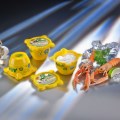
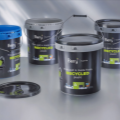







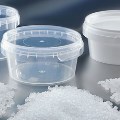
.jpg)
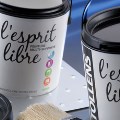


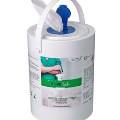
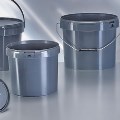

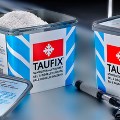
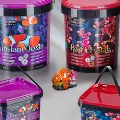
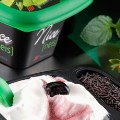




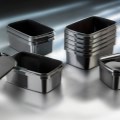

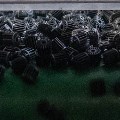
















.jpg)
.jpg)
